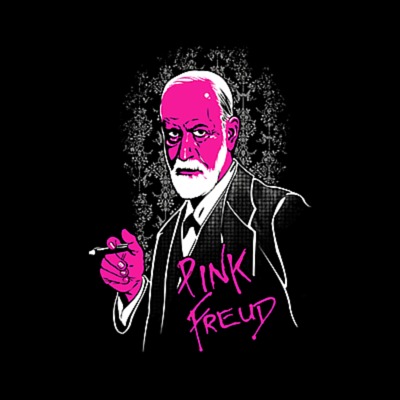Psychology Classics On Amazon

The Music Psychology Chart
(Image by Fernando Rodriguez via flickr CC BY-NC-SA 2.0)
Welcome to the music psychology chart page, the place dedicated to finding the top tune related to the world of psychology. The search is on for the ultimate match between a famous song and a psychologist, branch of psychology, psychology study etc.
See below to listen to the entries so far, and if you would like to submit any suggestions, you can do so by posting a comment at the bottom of the page. You can also use the comment box below to say which song you think deserves to be at the top of the music psychology chart.
While this page is just for fun, don't forget that there is a section on the website dedicated to the academic and scientific study of the psychology of music, which you can access via the following link.
Ivan Pavlov
(Ring My Bell by Anita Ward)
Stanley Milgram
(Electricity by OMD)
On Being Sane in Insane Places: David Rosenhan
(We Gotta Get Out Of This Place by The Animals)
Positive Psychology
(Always Look On The Bright Side Of Life by The Monty Python Team)
NOMINATIONS
Stanford Prison Experiment: Philip Zimbardo (Jailhouse Rock by Elvis Presley)
Learned Helplessness Theory: Martin Seligman (Helpless by Neil Young)
(Suggested by Julie Deisinger)
Recent Articles
-
Work Burnout: What It Really Is, What Causes It, and How to Prevent It
Nov 15, 25 07:39 AM
Work burnout is real and widely misunderstood. Learn what work burnout actually means, what causes it, and how to prevent it with evidence-based psychology. -
Digital Hoarding: What It Is, Why It Happens, and How to Manage It
Nov 13, 25 07:26 AM
Digital hoarding explains why people struggle to delete photos, files, or emails. Learn what drives it, how it relates to OCD, and how to manage it. -
ASMR Meaning: The Science Behind the Tingles and Calm Connection
Nov 11, 25 06:21 AM
Discover the true meaning of ASMR and the science behind tingles, calm, and connection. Learn how soothing sounds trigger relaxation and emotional comfort.
New! Comments
Have your say about what you just read! Leave me a comment in the box below.Go To The Main Psychology of Music Page






New! Comments
Have your say about what you just read! Leave me a comment in the box below.